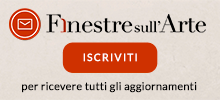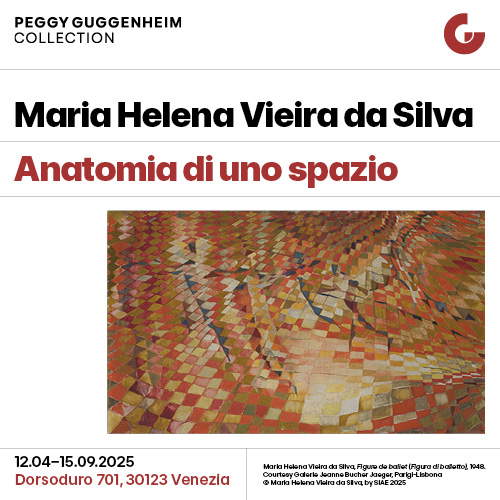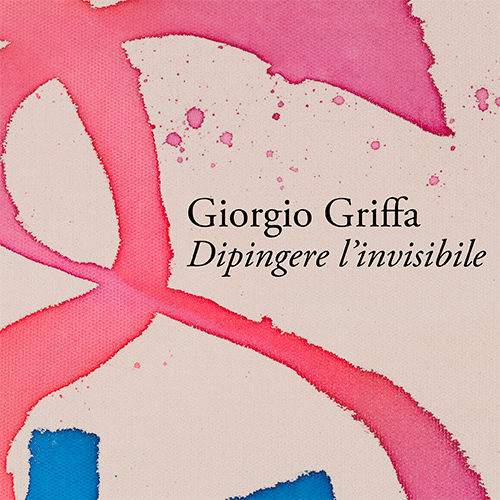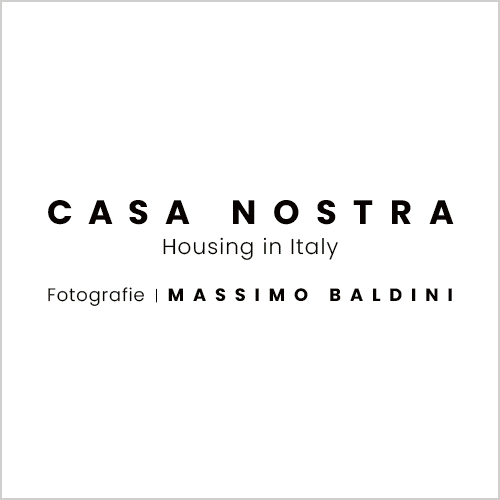Pope Francis died: here's what he did for art during his pontificate
This morning, April 21, 2025, at 7:35 a.m., Pope Francis, born Jorge Mario Bergoglio, passed away: the first pope from the American continent in history left behind him a legacy articulated not only on a spiritual level, but also in the cultural and artistic spheres. His pontificate marked an important point in the relationship between the Church and art: especially in fact after the appointment as prefect of the Dicastery for Culture and Education in 2022 of Portuguese Cardinal José Tolentino de Mendonça, a man of letters and intellectual who repositioned the Church especially in the sphere of contemporary art, the Vatican has in fact rediscovered and empowered art in a dimension of dialogue, inclusion and restitution that had faded over time. Far from any aestheticism, Francis conceived art as an instrument of encounter, witness and openness, as a universal language capable of embodying Gospel values without ever losing its connection to the present.
An emblematic moment of this vision was the unexpected and historic arrival of Pope Francis at the 2024 Venice Art Biennale. No pontiff before him had set foot at the most important international contemporary art event. The Holy See Pavilion, housed inside the Giudecca women’s prison, was the focus of the pontiff’s visit. The pavilion, titled With My Eyes, featured works by eight international artists (including Maurizio Cattelan, Sonia Gomes, Simone Fattal and Claire Tabouret) and addressed the theme of human rights and the dignity of the least of these, a cornerstone of Francis’ thinking. During his meeting with female inmates, the Pope reiterated that prison can become a place of rebirth and not just punishment, urging that people’s dignity should never be taken away. He went on to say that his visit should not be seen as an “official visit,” but as an authentic human encounter, made up of listening, affection and mutual prayer. In his address to the artists, Francis stressed that art is a “city of refuge,” a space that opposes violence and discrimination, and has the power to build belongingness and welcome. He went on to say that he felt “at home” alongside the artists, reiterating that art must put the least at the center and help build networks of solidarity and human dialogue, to become a powerful witness to how beauty can be an instrument of justice and humanity.
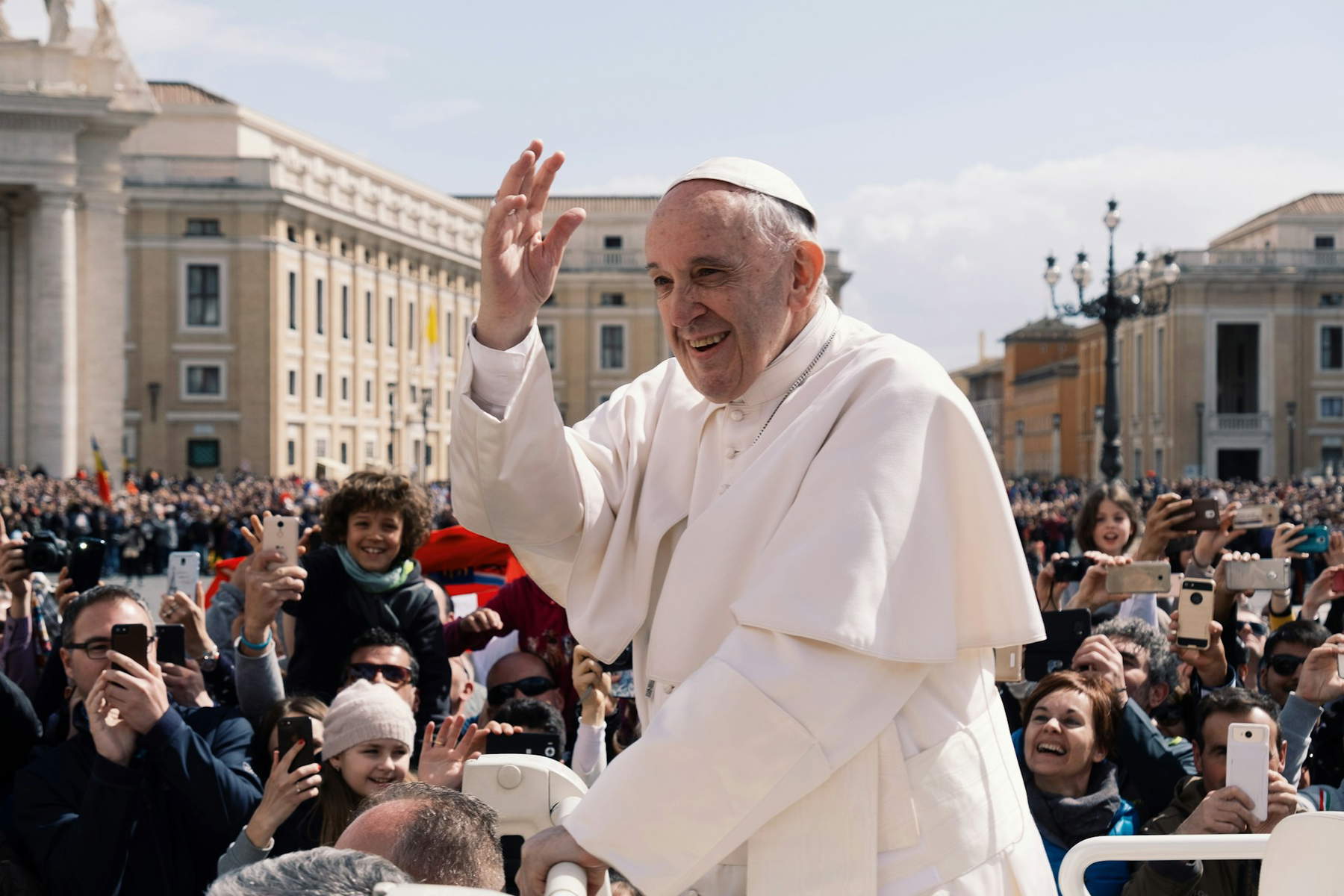
This same conviction guided him in his decision, announced in 2023, to return to Greece three fragments of the Parthenon marbles long kept in the Vatican Museums. With a highly symbolic gesture laden with diplomatic value, Francis wanted to heal a historical wound. The Pope’s decision was formalized as a “gift” to the Orthodox Archbishop of Athens and All Greece, Ieronymos II, underscoring the gesture’s ecumenical intent and desire to promote unity among the Christian Churches. The handover ceremony took place at the Acropolis Museum in Athens on March 24, 2023, in the presence of Greek religious and cultural authorities.
This act also had a significant impact on the international debate regarding the return of cultural property, increasing pressure on institutions such as the British Museum, which holds a large collection of Parthenon marbles and has been the subject of Greek requests for their return for years. The Vatican’s return of the fragments is a concrete example of how institutions can responsibly and sensitively address cultural heritage issues, fostering dialogue and cooperation between peoples.
Within this framework of a renewed relationship between art and responsibility is also his commitment to church museums. In his 2019 meeting with representatives of the Association of Italian Ecclesiastical Museums (AMEI), he stressed the importance of opening the doors of the Church’s museums to the widest possible public, with special attention to young people, families, migrants and the poor. Francis urged museums not to be static or self-referential places, but true spaces of dialogue between faith, history and the present. Pope Francis expressed a clear vision of the role of museums within the Church and society: according to him, museums should not be understood as static, self-referential places or intended for a cultured elite. On the contrary, they must be transformed into living, accessible spaces, open to encounter, capable of speaking to everyone, especially the poor, the forgotten, and the last of society.
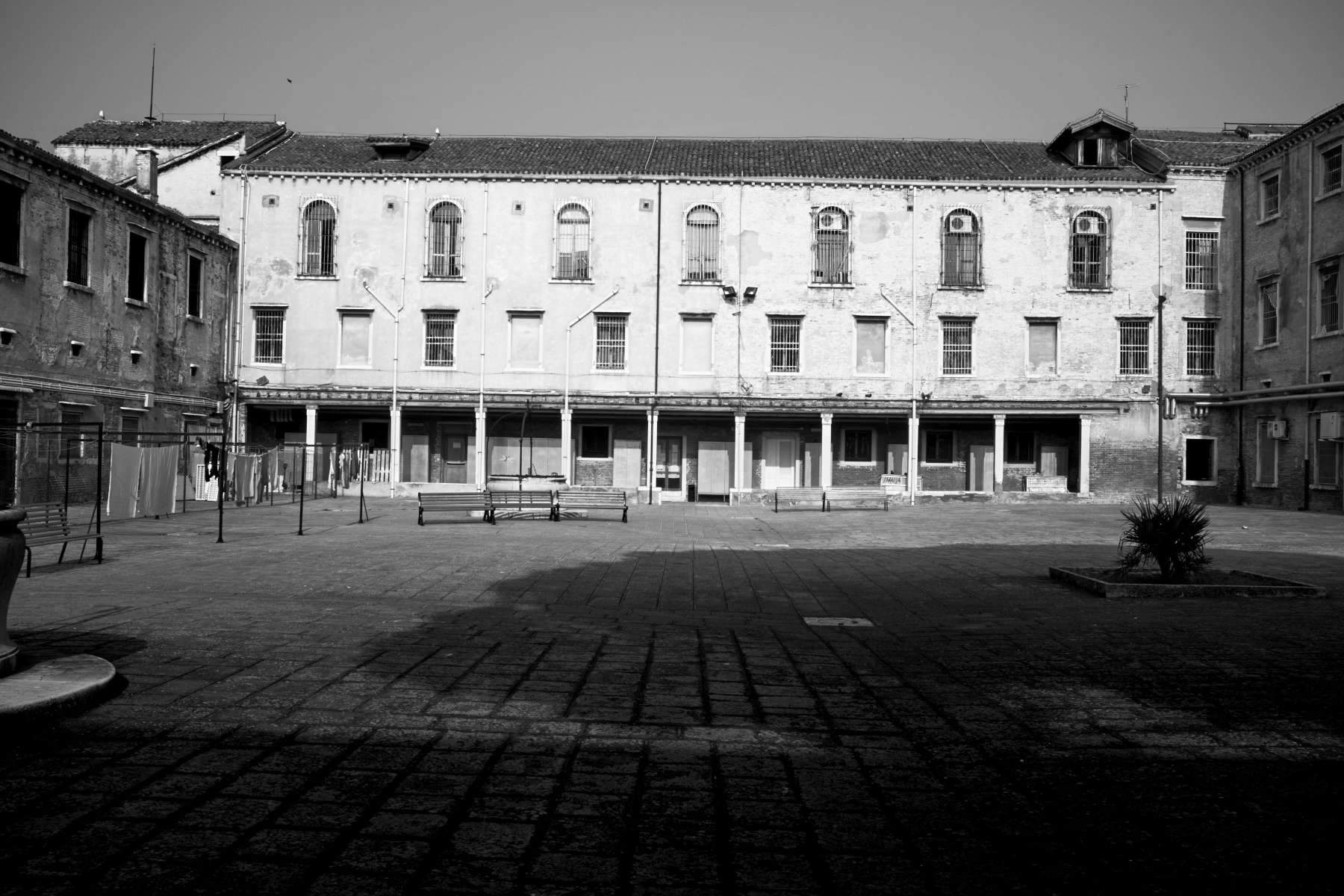
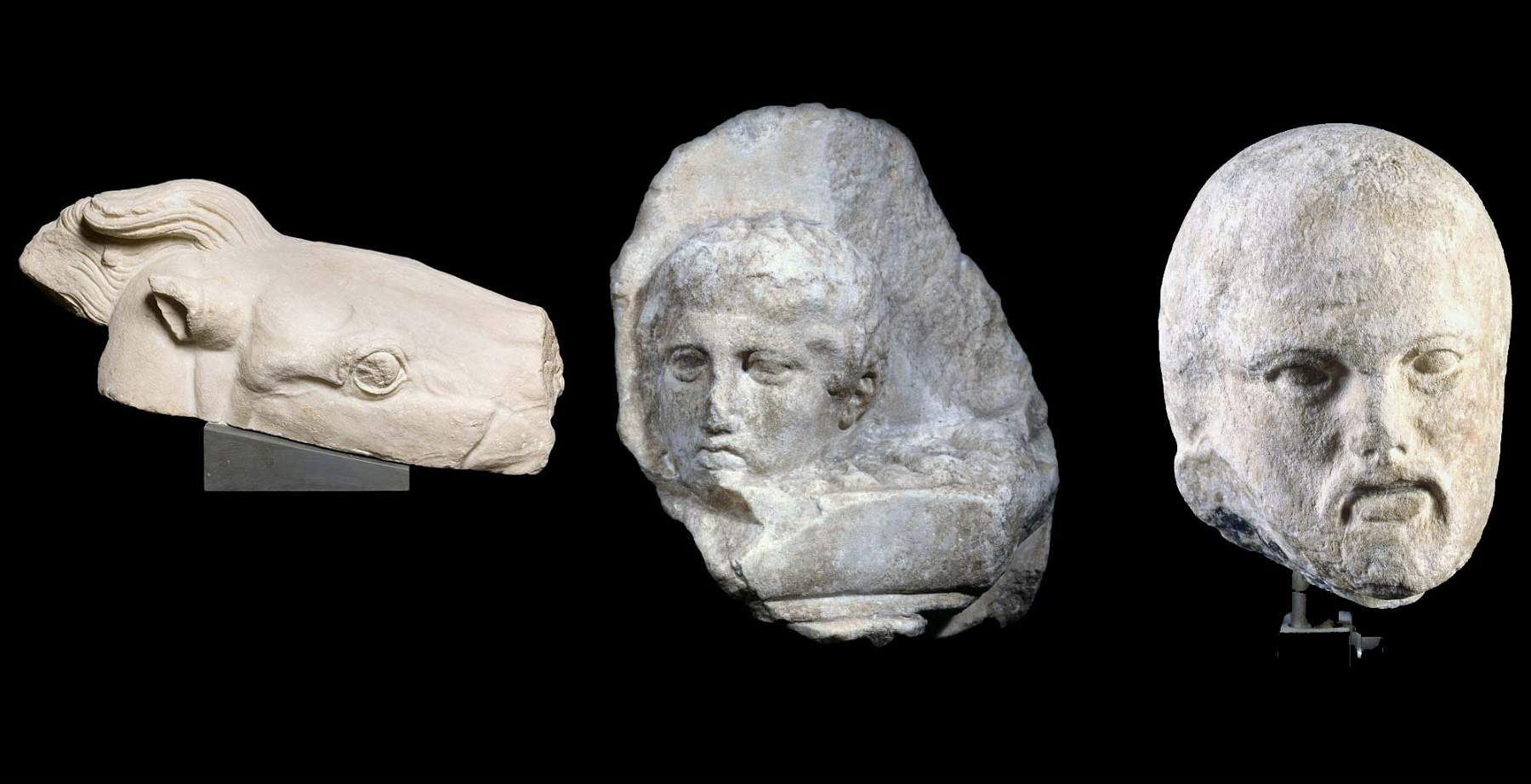
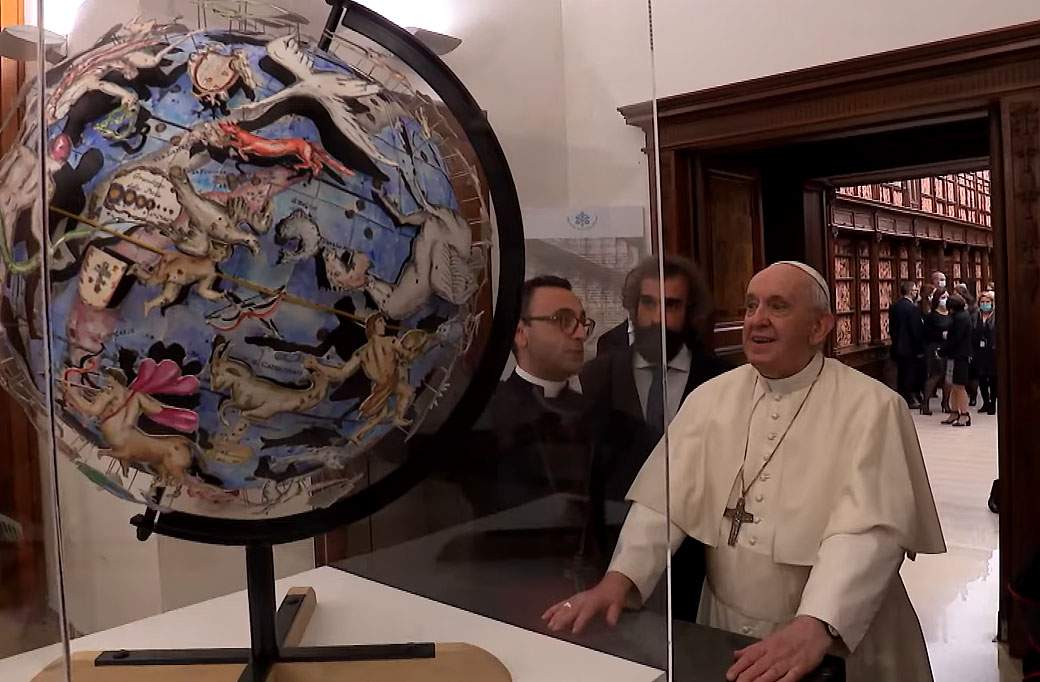
In his book My Idea of Art, written with Tiziana Lupi, Francis states that art must be able to reach everyone. Art, for him, is an instrument of evangelization and consolation, a vehicle for hope and a bridge between peoples and cultures. Museums, in this sense, must accompany this spirit: to be places of welcome, listening and dialogue, where beauty is not exhibited for its own sake, but becomes a gift for all. Emblematic is the episode of the guided tour organized for a group of homeless people at the Vatican Museums and the Sistine Chapel in 2015, according to the idea that the experience of art should be inclusive, able to involve those who are normally excluded, breaking down economic, cultural and social barriers. “The Vatican Museums must always be a place of beauty and welcome,” Pope Francis wrote in My Idea of Art.“They must welcome new forms of art. They must open wide their doors to people from all over the world. Be an instrument of dialogue between cultures and religions, an instrument of peace. Be alive! Not dusty collections of the past only for the ’elect’ and the ’wise,’ but a vital reality that knows how to guard that past in order to tell it to the people of today, beginning with the most humble, and thus dispose themselves, all together, with confidence to the present and also to the future.”
Francis also invited ecclesiastical museums to look to the present, opening up to new artistic forms and contemporary language, but without denying their spiritual identity. The educational and testimonial function of the museum, according to him, must go beyond conservation: it must inspire, challenge, open horizons. In short, for Pope Francis, museums must be an instrument of humanization and spirituality: places where beauty becomes a universal and accessible language, capable of telling stories of hope, and awakening in visitors a sense of fraternity and welcome. Relevant in this sense was the monument unveiled in St. Peter’s Square in 2019: Angels Unaware, by Canadian sculptor Timothy Schmalz. The sculpture, depicting a boat loaded with 140 migrants from various eras and backgrounds, was inspired by a passage from St. Paul’s Letter to the Hebrews: “Do not forget hospitality; some, practicing it, have welcomed angels without knowing it.”
The enhancement of the artistic heritage has also passed through new openings to the public. In 2021, at the behest of the pope, the Lateran Palace, the historic residence of the popes, hitherto barred to visits, was opened. Located next to the basilica of St. John Lateran, the palace holds frescoes, furnishings and testimonies that tell centuries of ecclesiastical history. The initiative was conceived as a form of transparency, but also as a cultural offering: making a sacred and historic place accessible means sharing its value with the entire community.
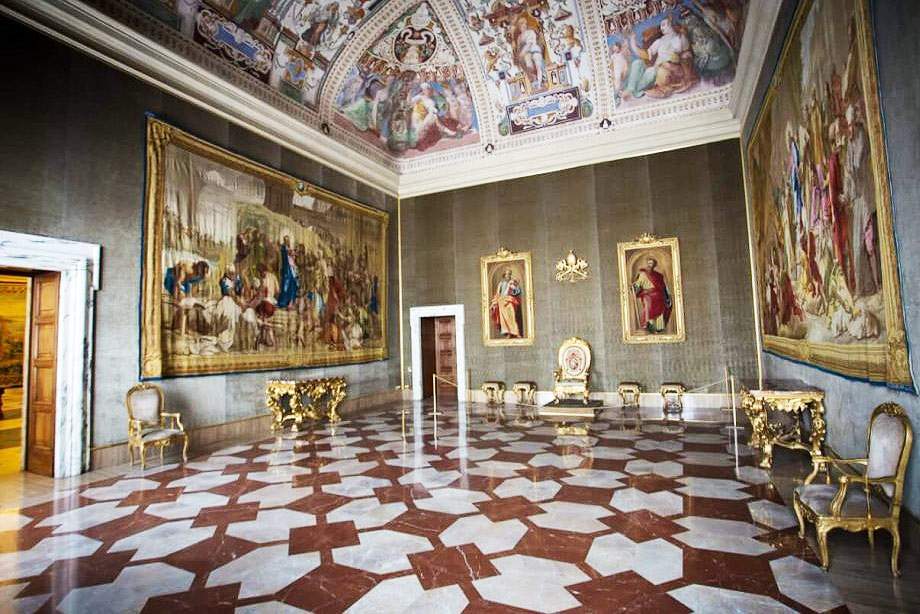
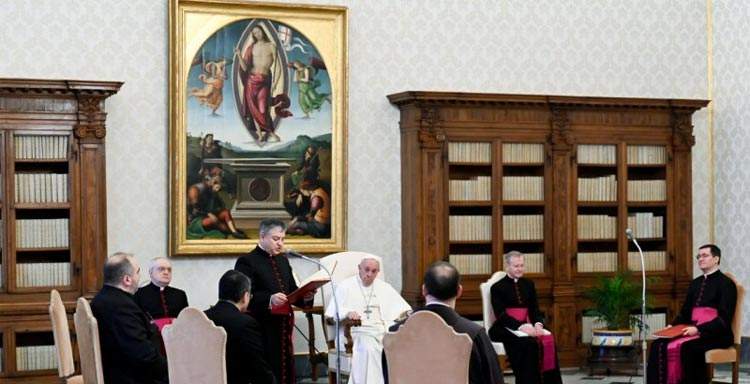
At the same time, Francis promoted the opening of the Vatican Library to the contemporary. In 2021, the Library’s seventeenth-century spaces hosted Pietro Ruffo’s exhibition Tutti. Humanity on the Way, inspired by the encyclical Brothers All. The artist constructed a path among maps, symbols and faces, giving visual form to the utopia of universal brotherhood. The project marked a break with the idea of the library as an immobile space: there, too, art and thought were to walk together, listening to the present.
Finally, there was no lack of a look at the great Italian painting of the Renaissance. An exhibition entirely dedicated to Perugino’s Resurrection, considered Pope Francis’ favorite work, was presented at the Vatican Museums in 2023. An exhibition event also intended to celebrate the 500th anniversary of the artist’s death. The choice of the subject - the Resurrection - was not accidental: Francis has always valued art as a sign of Christian hope, as a way to restore meaning and beauty in difficult times. After the exhibition ended, the work then returned to the pope’s private library where it is usually kept.
Warning: the translation into English of the original Italian article was created using automatic tools. We undertake to review all articles, but we do not guarantee the total absence of inaccuracies in the translation due to the program. You can find the original by clicking on the ITA button. If you find any mistake,please contact us.
